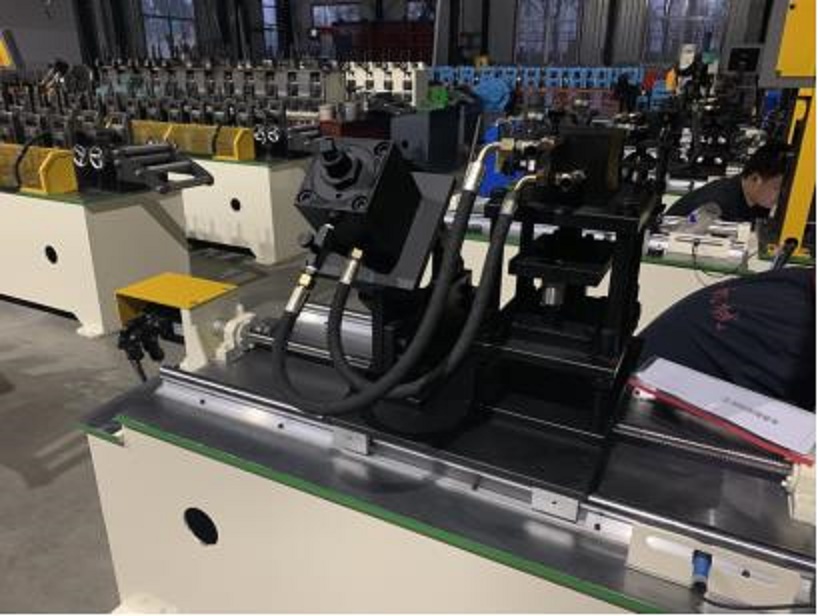
Understanding Solar Strut Profile Roll Forming Line
In recent years, the renewable energy sector has gained unprecedented momentum, particularly in solar energy. As solar power becomes a critical component of the global energy landscape, the demand for efficient and effective manufacturing processes has surged. Among these, the solar strut profile roll forming line plays a vital role in the production of components that support solar panels. This article will explore the essential features, benefits, and operational processes of a solar strut profile roll forming line.
What is a Solar Strut?
Before delving into the roll forming process, it's important to understand what solar struts are. Solar struts are structural supports made from metal, typically used to mount solar panels securely onto rooftops or ground installations. They need to be durable, lightweight, and corrosion-resistant to withstand various environmental conditions. The roll forming process ensures that these struts are manufactured with precision and consistency.
The Roll Forming Process
1. Material Preparation The first step involves selecting the appropriate raw material, which is often steel or aluminum. The selected metal must have a suitable gauge and yield strength to ensure it can endure the load and stress from the solar panels.
2. Feeding The roll forming line utilizes a conveyor system to feed the prepared metal strips into the machine. This continuous feeding ensures a high level of efficiency and minimizes material waste.
3. Roll Forming As the metal strip moves through the series of roll forming stations, it is shaped gradually into the desired strut profile. Each set of rollers is designed to bend the metal into specific configurations, which are crucial for the strut's performance.
4. Cutting Once the desired profile is achieved, the continuous length of the strut needs to be cut to specific lengths. This is accomplished through automated cutting systems that can perform high-speed cuts accurately, further improving production rates.
5. Finishing To enhance durability and corrosion resistance, the finished struts are often treated or coated. This may involve galvanizing, powder coating, or painting, depending on the specific requirements and environmental conditions they will face.

6. Quality Control Throughout the process, quality control measures are implemented to ensure that each produced strut meets the industry standards and specifications. This step is crucial for maintaining the integrity and reliability of the final product.
Benefits of Using Roll Forming for Solar Struts
The roll forming process offers several advantages in the production of solar struts
- Efficiency The continuous process allows for high production rates, making it easier to meet the growing demand for solar industry components. - Consistency The precision engineering involved in roll forming ensures that each strut is manufactured to exact specifications, reducing the likelihood of defects.
- Material Savings Roll forming uses materials efficiently, generating minimal waste compared to other manufacturing processes.
- Versatility The machinery can be adjusted to create a variety of profiles, making it a versatile option for manufacturers who may want to diversify their product offerings.
- Strength The process can enhance the mechanical properties of the metal, resulting in stronger, lighter components ideal for supporting heavy solar panels.
Conclusion
As the world continues to shift toward sustainable energy sources, the demand for reliable and efficient solar components will only grow. The solar strut profile roll forming line is an integral part of this manufacturing landscape, offering a modern solution to the production of essential solar panel support structures. Its efficiency, consistency, and material savings make it a preferred choice for manufacturers looking to contribute to the renewable energy revolution while maintaining competitive advantages in the market. As technology advances, we can expect further innovations in this field, enhancing its capabilities and supporting the solar industry's growth for years to come.